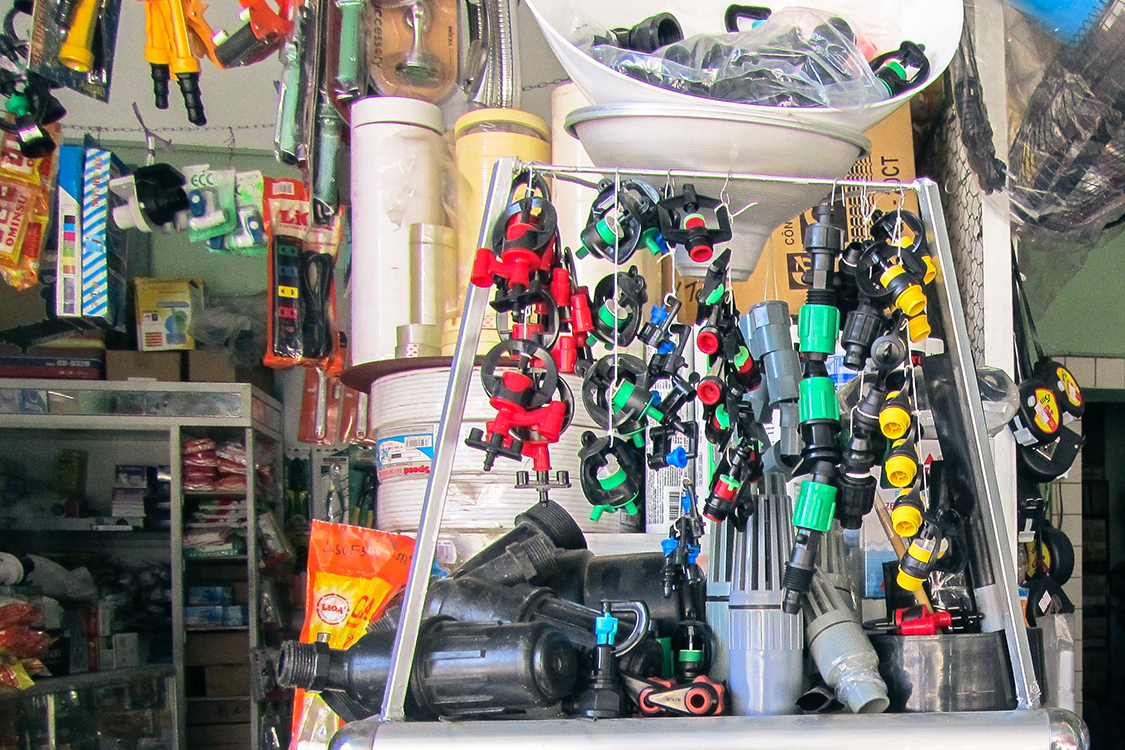Branding can make a difference, depending on the market

Sales
When a private brand label makes sense, and when it doesn’t.
The practice of branding products is commonplace among higher end markets, but is often haphazard in markets for the bottom of the pyramid. Many manufacturers do not want their brand associated with entry-level or low-cost products under the belief that consumers would lower their evaluation of the quality of the brand. The marketplace challenge is that low-income consumers have the same aspirations and desires as wealthier buyers and often value a branded product more than a generic offering.
Over its lifetime, iDE has sold both branded and non-branded products, sometimes as iDE and recently as our social enterprises iDEal, Hydrologic, Sama Sama, and Lima Links. The decision to add branding to a product depends on the health and maturity of the market, the product being offered, and the expectations of potential buyers.

Case Study: Vietnam
When iDE first attempted to bring treadle pumps (in 1994), hand pumps (in 1995), and drip irrigation kits (in 2001) into the Vietnam market, the products had a clear iDE logo on them. Both products failed to move significantly. This failed branding experience led to the new thinking that in Vietnam, iDE as an NGO should not be involved in advertising any specific product and/or service (i.e., viewed as a profit making organization) and should have been promoting a generic concept.
In 2009, to promote the uptake of micro-irrigation technologies, the team changed tactics. Rather than offering a packaged and branded product, the program promoted a concept to the retailers who were already stocking many of the needed components (e.g., pipes and pumps). Retailers were encouraged to use their existing supply chains to expand their stock, and were shown how bundled products could increase overall sales (i.e., after stocking emitters, pipe sales increased).
Over the next five years, iDE encouraged a persistent dialogue between farmers and retailers to innovate product and streamline supply chains. This put the research and development back into the market where small-scale farm supply retailers led in creating a product that they could source, bundle, and promote as their own offering, which farmers would trust.

Case Study: Nicaragua
In 2010, to address Nicaragua’s non-existent equipment market at the time, iDE established iDEal Tecnologías as a separate business entity with the objective to reach poor farmers with low-cost irrigation systems. iDEal initially imported the equipment from manufacturers in India, but were unhappy with the quality of the plastic and the length of time it took to get products through Nicaraguan customs. iDEal helped local plastics manufacturers learn how to produce the mainlines and microtubes, and began promoting a bundled package under the iDEal brand.
What sets iDEal’s product apart from new competitors in the market are the microtubes. Some farmers will buy/source mainlines from elsewhere for cheaper and then try to get microtubes from iDEal. Unfortunately, these cheaper mainlines clog more easily, the farmer has to irrigate longer using them, and the lines become brittle more quickly over time. In contrast iDEal kits are durable, with kits being reported as still fully functional after four years compared to competition lines that only last for one or two. Nicaraguan farmers have learned to associate the iDEal brand with quality.

Case Study: Central Asia
While farmers in Kyrgyzstan and Tajikistan during the early phases of MIT introduction did not pay much attention to branding, the evidence of other products indicates that as adoption grows, so does brand awareness. Initially, farmers pay attention to country of origin, as some are sensitive to price and will purchase cheaper Chinese components, while others prefer to buy items from Turkey, which are assumed to be of better quality. In fully mature markets, brand names become important denominators of durability and value.

